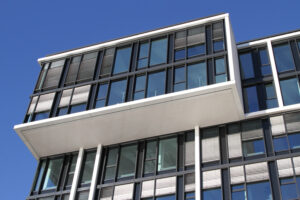Hygiene
Drinking water is not 100% free of microorganisms. Pathogens (legionella, pseudomonads, E. coli) can also be present in cold water in low concentrations. This is harmless to health until these microorganisms multiply beyond a critical limit.
Even before the first drinking water pipes are installed, there is a lot that can be done for hygiene. By designing the installation in such a way that it provides neither food nor living conditions for microorganisms. But even if a drinking water installation has been perfectly planned and professionally commissioned, there is always a risk of recontamination. This is where our products come into play.
Shock disinfection
concentrated against germs
Even if a drinking water installation has been perfectly planned and professionally commissioned – there is always the risk of recontamination. Especially if the system is not operated as intended. In such a case, shock disinfection may become necessary. This means: the discontinuous addition of a disinfectant in high concentration. Chlorine dioxide has proven to be the best solution.

Drinking water desinfektioned on the safe side
according to german DVGW worksheet W 557
If a drinking water system is contaminated with microorganisms and neither operational nor constructional measures to eliminate their cause are possible, continuous drinking water disinfection according to german DVGW worksheet W 557 can be helpful. Chlorine dioxide is expressly included among the approved agents according to § 11 of the drinking water ordinance.

UV disinfection
Disinfects safely. Without chemicals.
The UV disinfection, eg. according to german DVGW worksheet W 293 and W 294, disinfects safely without the addition of chemicals and without changing the water composition. A prerequisite for effective treatment is clear water with low absorption in the relevant UV range. Therefore, prior treatment measures are usually necessary. UV disinfection systems tested to local standards must be used to produce drinking water quality.

 © JUDO 2024 | All rights reserved.
© JUDO 2024 | All rights reserved. 


